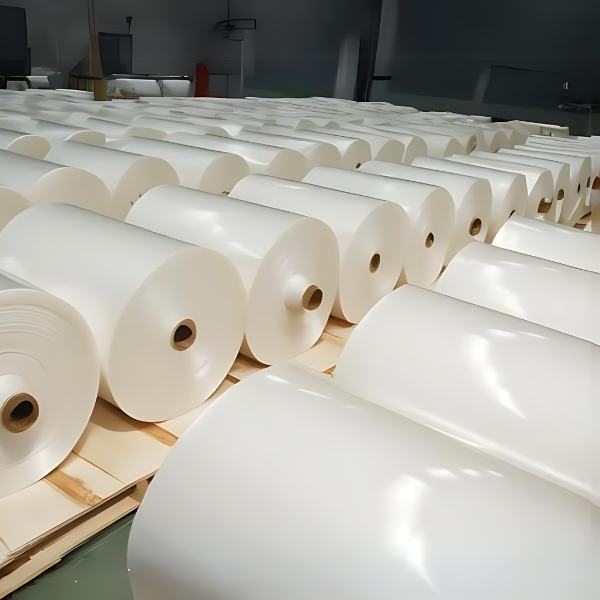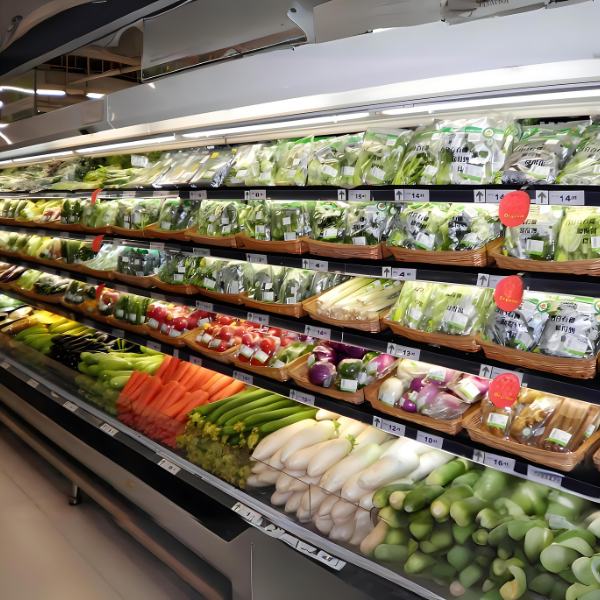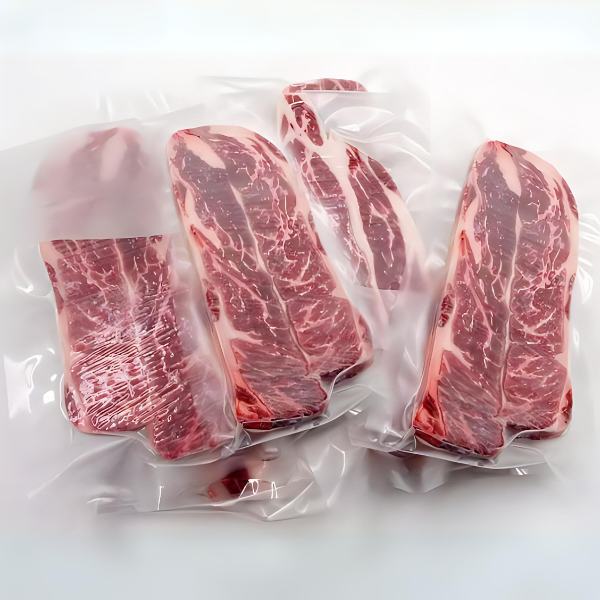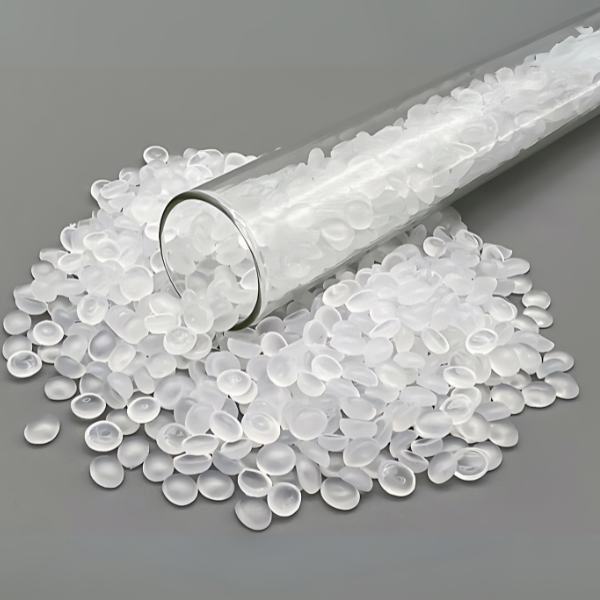Although PETG and PET differ by only one letter “G” in their names, in the field of modern material science, PET (Polyethylene Terephthalate) and PETG ((Polyethylene Terephthalate Glycol-modified) each hold a unique position.
While they are similar in name and basic properties, these two plastics exhibit significant differences in several aspects.
Now, we will delve into the core differences between PET and PETG, covering the following topics:
1. Basic Properties of PET
2. Basic Properties of PETG
3. Key Advantages of PET and PETG
4. Primary Applications of PET and PETG
Basic Properties of PET
PET, or Polyethylene Terephthalate, is a thermoplastic polyester.
It is produced through the polycondensation reaction of terephthalic acid and ethylene glycol. It is a crystalline type of saturated polyester, appearing as a milky white or light yellow, highly crystalline polymer with a smooth and glossy surface, commonly found in everyday life.
As a widely used plastic, PET is renowned for its excellent transparency and high-strength properties, especially holding a significant position in the packaging industry.
The expanding market size of PET reflects its importance in the global plastics market.
BOPET films, a typical PET product, elevate these properties to offer superior durability, clarity, and performance for packaging and industrial applications. Engineered for excellence, our films provide the strength and flexibility needed in today’s demanding market.
Basic Properties of PETG
The “G” in PETG stands for Glycol-modified.
Glycol modification is achieved by incorporating ethylene glycol, a diol, into the chemical structure of PET (Polyethylene Terephthalate).
The addition of ethylene glycol alters several physical and chemical properties of the original PET, endowing PETG with more unique characteristics.
Unique Advantages of PET and PETG
Advantages of PET as a Packaging Material Include:
Exhibits excellent mechanical properties, with impact strength 3 to 5 times greater than other films, and good foldability.
Resistant to oil, fat, dilute acids and alkalis, and most solvents.
Possesses excellent resistance to high and low temperatures, can be used long-term at 120℃, withstand temperatures as high as 150℃ in the short term, and as low as -70℃, with minimal impact on its mechanical properties at these temperatures.
Low permeability to gases and water vapor, providing excellent barrier properties against gases, water, oil, and odors.
High transparency, capable of blocking UV rays, and possesses good gloss.
Non-toxic and odorless, with good hygienic safety, suitable for food packaging.
Advantages of PETG Include:
High transparency and glossiness, as well as good scratch resistance
Exceptional toughness and impact resistance
Excellent resistance to chemical corrosion
Good processability, suitable for injection molding, extrusion, blow molding, and other processing methods
Good fluidity, easy to color and blend, enabling the achievement of various appearances easily.
Compared to unmodified PET, PETG also has the following advantages:
Enhanced toughness and impact resistance: PETG is more flexible and impact-resistant, with lower brittleness, which improves its durability.
Improved Processability: PETG is easier to mold and process, particularly in thermoforming and extrusion, and its ease of processing at lower temperatures reduces the risk of warping and stress cracking.
Main Applications of PET and PETG
Although PET and PETG originate from the same basic material, they exhibit significant differences in their application fields. Understanding these differences is crucial for making appropriate material choices in various applications.
PET (Polyethylene Terephthalate), a versatile thermoplastic polyester, is extensively used in beverage and food packaging (such as water and soft drink bottles), textile fibers (including clothing and home textiles), and various types of containers and bottles (involving both food and non-food packaging).
PETG, due to its superior physical properties, such as enhanced toughness, excellent thermal stability, high transparency and gloss, chemical stability, and ease of printing, is widely used in the field of 3D printing.
It is particularly suitable for printing a variety of objects, such as durable mechanical parts, intricate prototypes, and visually appealing artworks.
Moreover, PETG is also widely used in manufacturing food containers, cosmetic bottles, and pharmaceutical packaging, especially for products requiring transparency and chemical resistance.
The heat shrink properties of PETG make it an ideal choice for manufacturing heat shrink labels and packaging films, which are widely used for tightly packaging beverage bottles, electrical wires and cables, and various products.
Conclusion
While PET and PETG might seem similar at first glance, their differences underscore the importance of material science in our daily lives and industries. PET’s widespread use in packaging and textiles highlights its versatility and durability, whereas PETG’s enhanced flexibility and chemical resistance open new doors for innovative applications, especially in 3D printing and medical devices.
Choosing between PET and PETG ultimately depends on the specific requirements of your project, emphasizing the need to consider each material’s unique advantages. As we continue to explore and understand these materials, we pave the way for more sustainable and effective solutions in various applications.
The journey through the world of plastics is a reminder of how small changes in chemical composition can lead to significant advancements in technology and environmental stewardship.



















